Description
Lipomodeling: Body Contouring with Autologous Fat Transfer
Lipomodeling is a popular body sculpting and aesthetic procedure. In this method, a physician assesses all areas of the patient’s body to create an ideal mental image. By removing fat from certain areas and transferring that same fat to other desired locations, the physician creates a refined shape and standard contours for the patient. Essentially, lipomodeling is not about weight loss; rather, it’s about altering the overall body volume and shape by removing and adding fat in specific areas. In lipomodeling, fat is typically harvested from the abdomen, flanks, and thighs. After undergoing specific technical processing, the purified fat is then injected into areas such as the face, neck, hands, breasts, or buttocks for rejuvenation or volume enhancement.
What Are the Advantages of Lipomodeling?
Today, various aesthetic and body contouring methods are available globally. Careful selection of a suitable method with minimal complications can lead to both patient and physician satisfaction. With lipomodeling, the risk of errors and post-procedure complications is low due to the use of the patient’s own autologous fat. Another crucial aspect of lipomodeling is maintaining the viability of the fat cells to optimize their re-injection. Naturally, the physician’s precision and skill are fundamental to achieving beautiful results with lipomodeling.
Lipomodeling allows for fat grafting in small, medium, or large volumes, depending on the physician’s assessment.
The advantage of lipomodeling over other invasive or minimally invasive fat reduction methods is that, firstly, it does not require general anesthesia. Secondly, because fat harvesting and injection occur simultaneously, the physician can plan from the outset, selecting appropriate injection sites and volumes. This approach helps minimize potential complications and contributes to achieving better desired outcomes.
In summary, lipomodeling is a body shaping technique that involves the simultaneous reduction and augmentation of fat in different body areas. It can be repeated if necessary. The fat used is sourced from the patient’s own body, leading to better integration with the tissues in the injected areas and superior absorption.
What Are the Indications for Lipomodeling?
- Reduction of Fat Volume: In areas such as the abdomen, flanks, and thighs.
- Volume Augmentation: In areas like the face, breasts, and buttocks.
- Filling Depressed Tissue Defects: Corrects sunken areas of the body.
What Are the Contraindications for Lipomodeling?
- Autoimmune Diseases, Hyperlipidemia, Underlying Medical Conditions: Patients with these conditions may not be suitable candidates.
- Patients Undergoing Chemotherapy or Taking Specific Medications: These treatments can interfere with the procedure or recovery.
- Pregnant and Breastfeeding Women: Lipomodeling is not recommended during these periods.
What Are the Types of Lipomodeling Models?
In lipomodeling, fat is harvested in three sizes: macro, micro, and nano, and then injected into the target tissue.
- Macro-sized Lipomodeling: Performed with a cannula of 3 mm diameter, using large volumes of fat for breast and buttock augmentation.
- Micro-sized Lipomodeling: Utilizes a cannula of 1 mm diameter for delicate volume enhancements.
- Nano-sized Lipomodeling: Results in a homogeneous, uniform liquid fat tissue, primarily used for rejuvenation and filling very fine wrinkles.
How Is Lipomodeling Performed?
Specialized lipomodeling is performed with a dedicated device to facilitate and reduce the time required for fat extraction and injection. This process occurs in a closed and sterile circuit. The precise settings and performance of the device used in lipomodeling significantly impact patient satisfaction and the outcome.
Given that lipomodeling involves the suctioning of fat cells, re-injection, and the separation of fluids and blood, all components of the device used for lipomodeling must be sterilizable to minimize the risk of infection transmission from one person to another. Furthermore, if lipomodeling is performed with a device, it reduces physician hand fatigue and procedure time, and the fat separation process is purer and easier.
In summary, three main stages occur in lipomodeling:
- Fat Harvesting: Achieved with controlled, low-pressure suction.
- Fat Preparation: Separation of fat cells from blood and other bodily fluids.
- Fat Injection: In desired volumes into various body areas.
Which Body Areas Can Be Chosen for Fat Injection in Lipomodeling?
- Facial Contouring and Volumizing: Also reduces facial wrinkles.
- Neck Rejuvenation: Reduces horizontal neck lines.
- Rejuvenation of the Face and Hands.
- Breast Augmentation.
- Buttock Augmentation.
How Long Do Lipomodeling Results Last?
Lipomodeling results are immediately visible and can last up to one year, depending on the injected fat volume, injection area, or number of sessions.
What Preparations Are Necessary for Lipomodeling?
Lipomodeling is one of the best aesthetic methods available to patients. Interested individuals should consult with their physician. Thanks to the special device technology used in lipomodeling, the physician can easily complete the procedure in minimal sessions and achieve excellent results. Indeed, when lipomodeling is performed with a device, the physician can save time, obtain purer and more uniform fat, and create a unique delicacy and beauty in the injected area. Anyone with excess fat in the abdomen and thighs can choose lipomodeling to get rid of unwanted fat and use it to enhance and augment other areas of their body. Lipomodeling has few complications and can be repeated as needed.

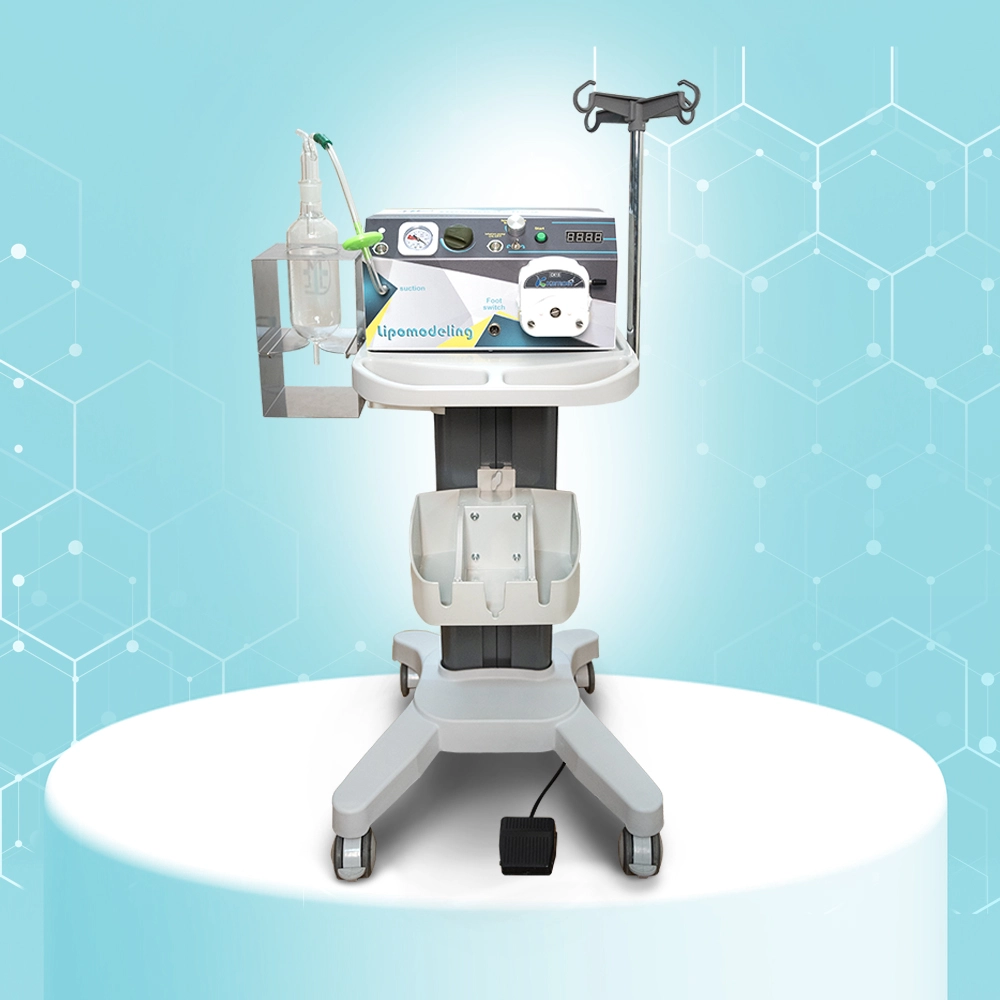
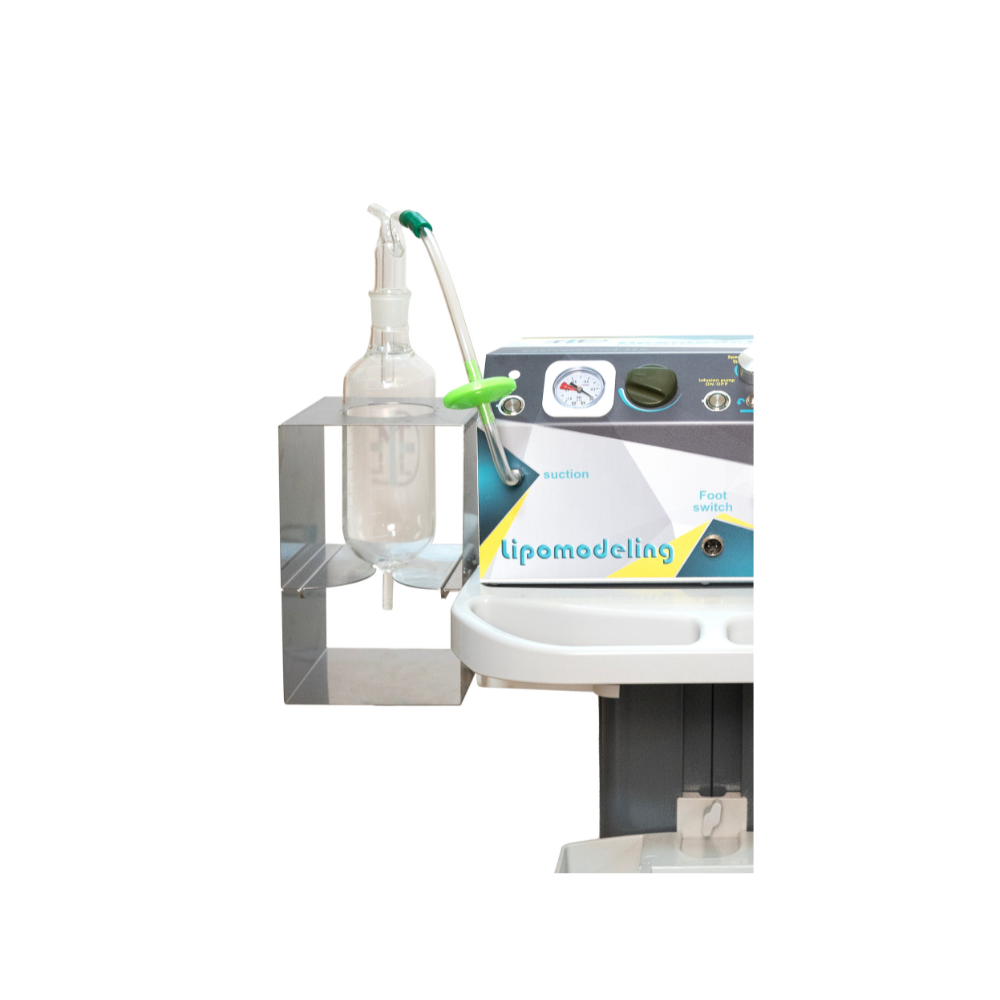
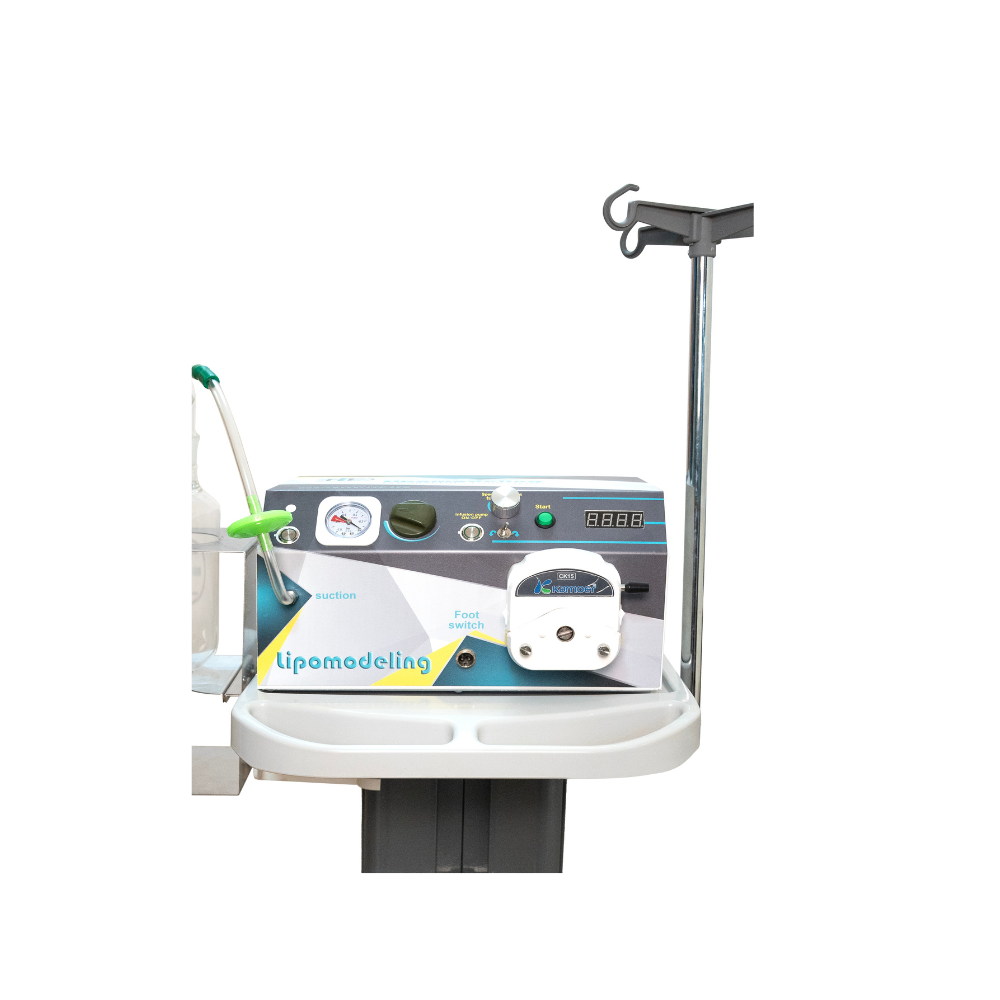
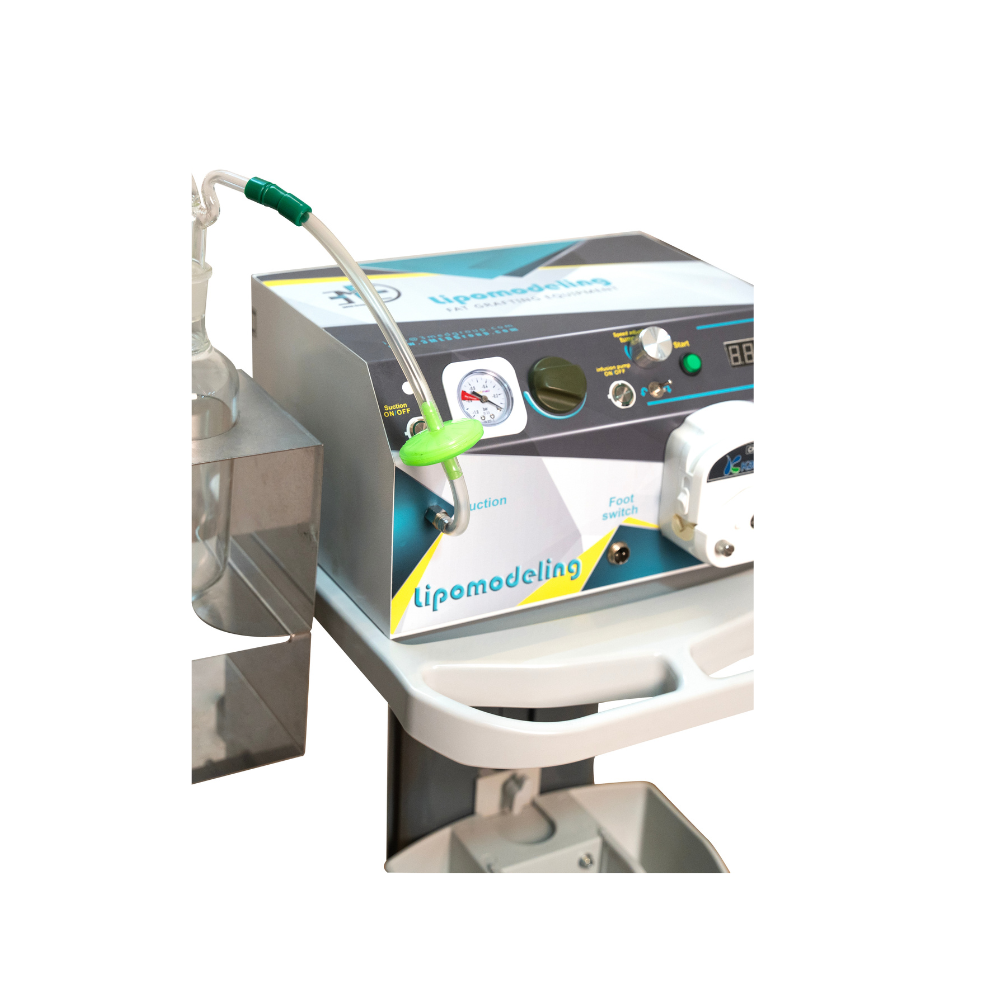
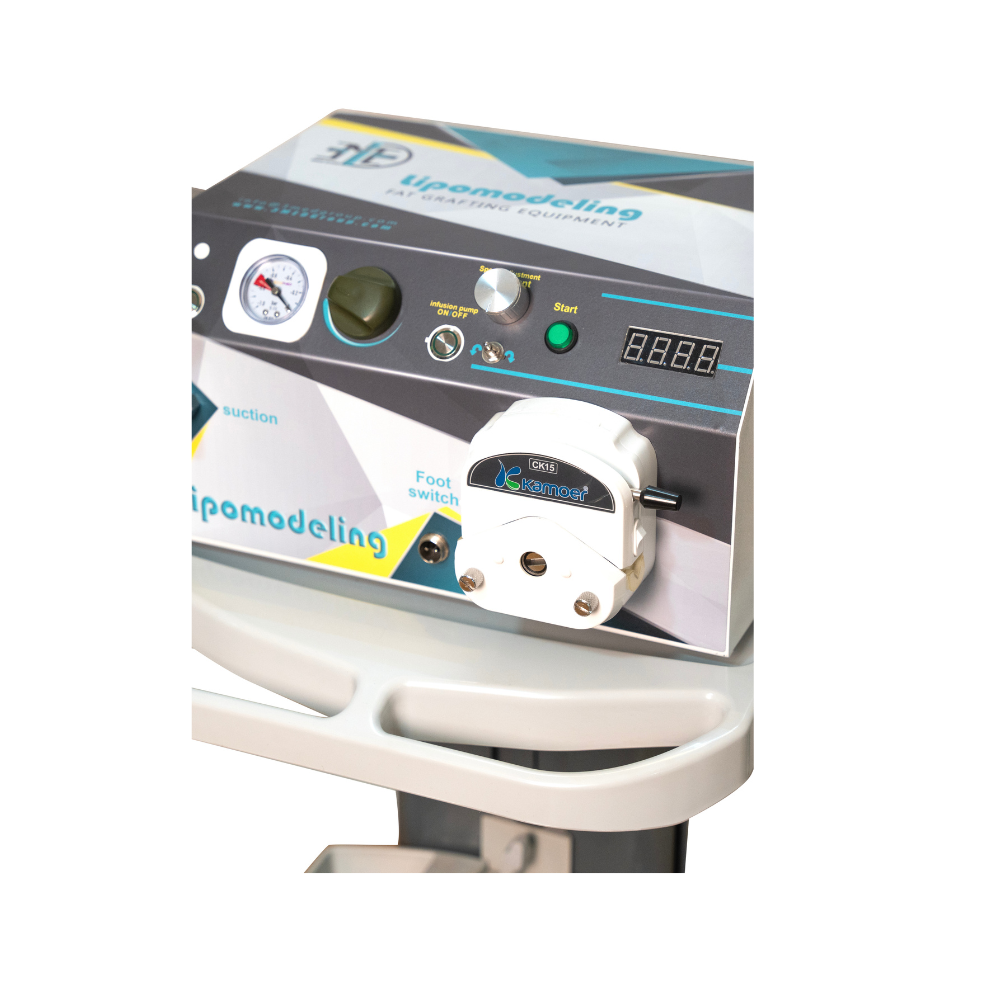
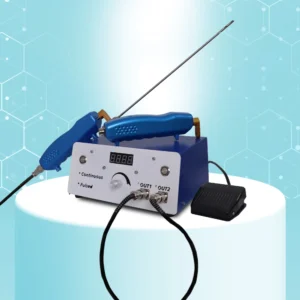
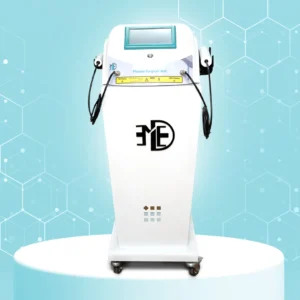
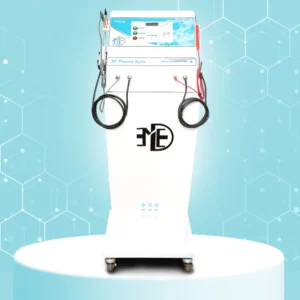
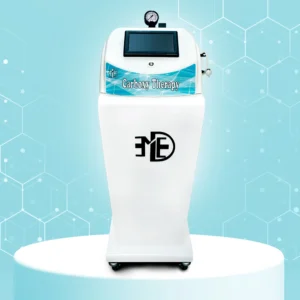
Reviews
There are no reviews yet.